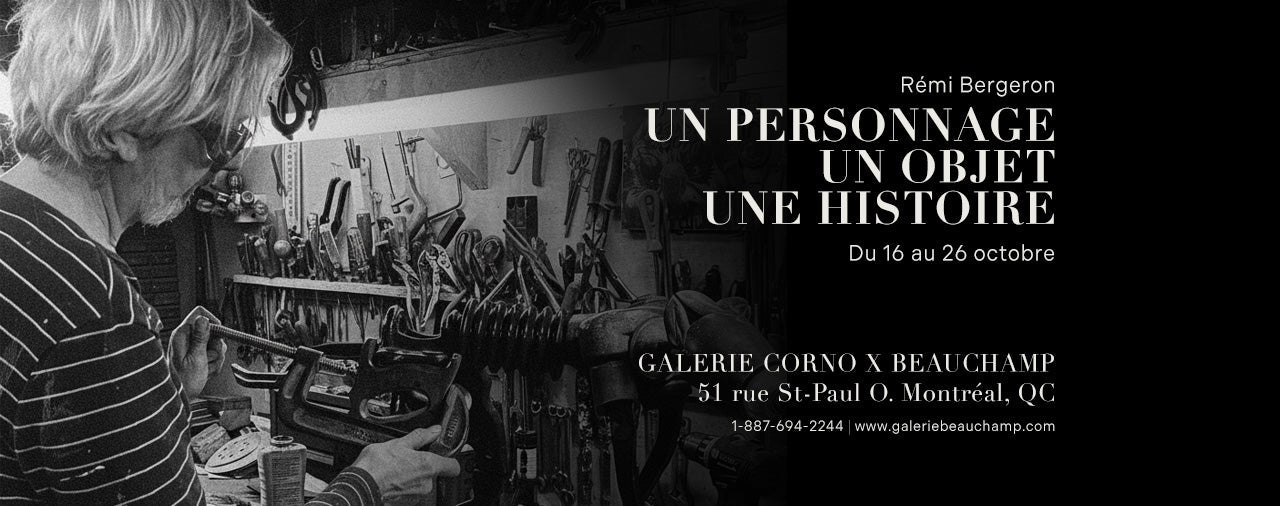Framing a work of art is no longer an obligation. And if you choose to do so, forget the rigid rules of the past: today, it’s all about harmony… and freedom. What matters is finding a frame that suits your style and reflects understated sophistication, artistic boldness, and environmental awareness.
North America: Understated Luxury
In North American interiors, there’s a growing love for slim, natural wood frames—walnut, maple, or white oak—that bring instant organic warmth while maintaining a minimalist aesthetic. Floating frames, also known as shadowboxes, remain a favorite among contemporary art lovers: they add depth without stealing the spotlight. Metal and aluminum frames are making a comeback, but in brushed and matte finishes, far from the glossy, ornate styles of the past. Another rising trend: color-coordinated frames that echo accent tones in the artwork or the room, for a subtle yet refined integration into your space.

Europe: Bold Contrast
In Europe, especially in cities like Paris and Milan, we’re seeing a confident return of baroque-style frames—but with a modern twist: think matte black or weathered brass finishes. The dominant aesthetic? Contrast. Juxtaposing a classic frame with an abstract piece, or placing a romantic work in a bold, sculptural frame creates a striking, contemporary tension.

Sustainability: A Non-Negotiable Criterion
More and more collectors are choosing to leave artworks unframed, embracing a raw, unfiltered look. Others are turning to vintage or recycled frames. And there’s innovation too: some manufacturers now offer mouldings made from recycled plastic, while others use wood from sustainably managed forests—a thoughtful choice that respects both art and the planet.

💡 A Few Tips from Our Framing Experts:
- Let the artwork breathe: A heavy frame that touches the canvas directly can overwhelm it. Avoid placing the moulding directly on the piece—consider adding a slim floater inside a broader moulding. It gives the effect that the artwork is floating in the center, allowing it to breathe.
- Don’t think only about your décor: Choose a moulding that serves as a bridge between the artwork and your wall—it’s about harmony, not just matching.
- And most importantly: dare to be bold! Trust your instincts and choose what you love. Ask yourself this simple question: Who will be looking at this piece every day? Me, or my designer? If the answer is you, and the moulding brings you joy, then you’re on the right path.

Need a second opinion? We're here to help. A video call with one of our consultants is easy, effective—and free.




Partager:
Beloved Artworks Seeking Their Forever Family!
Our team's secret guide: Quebec City, Montreal and Toronto